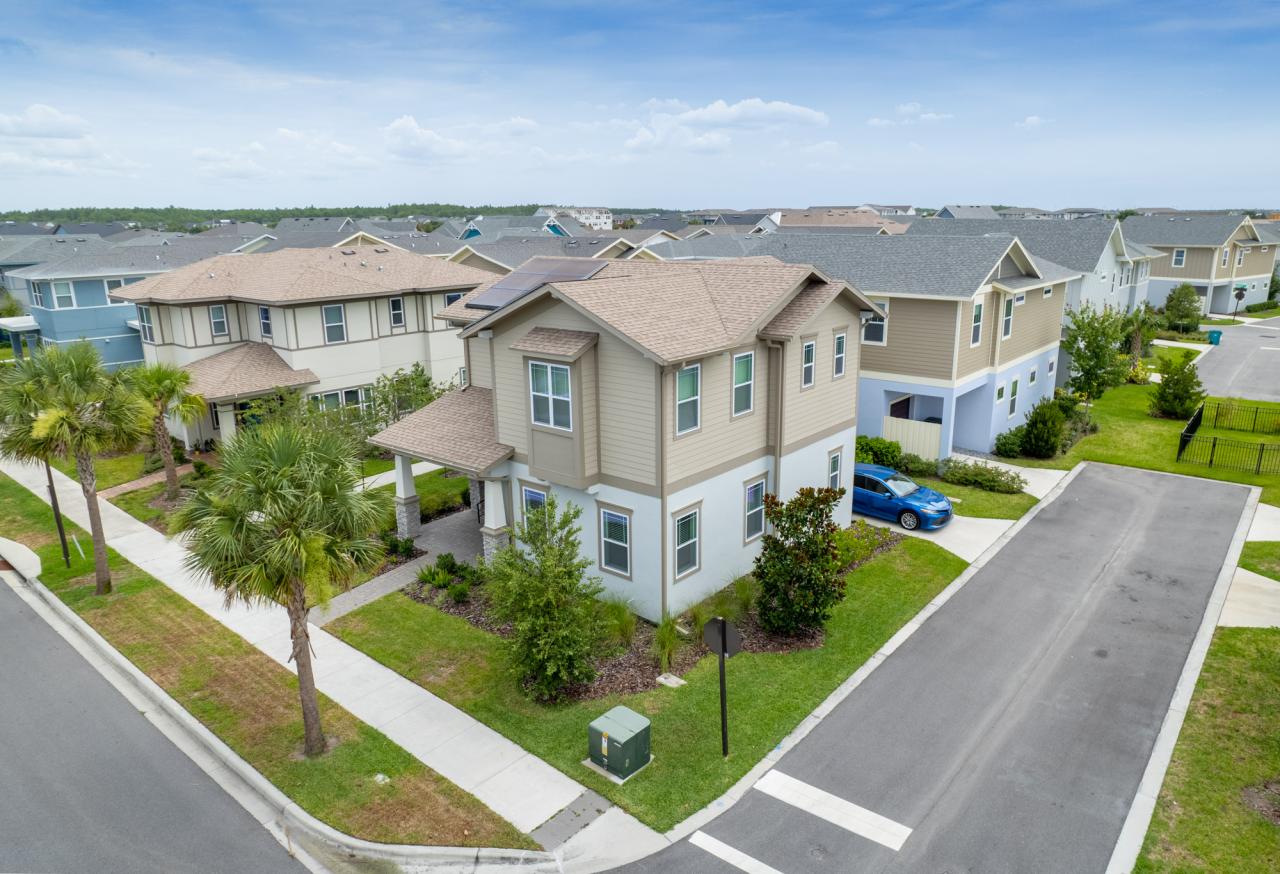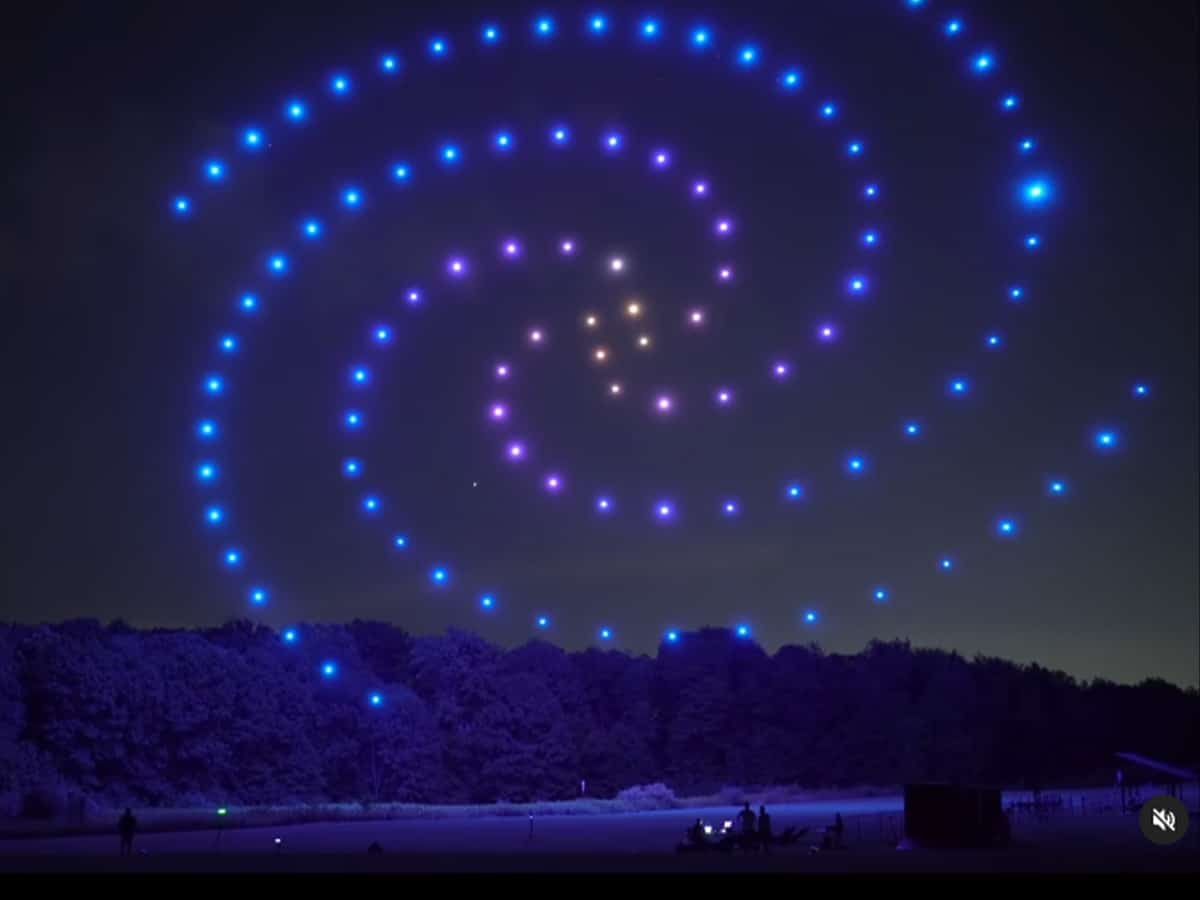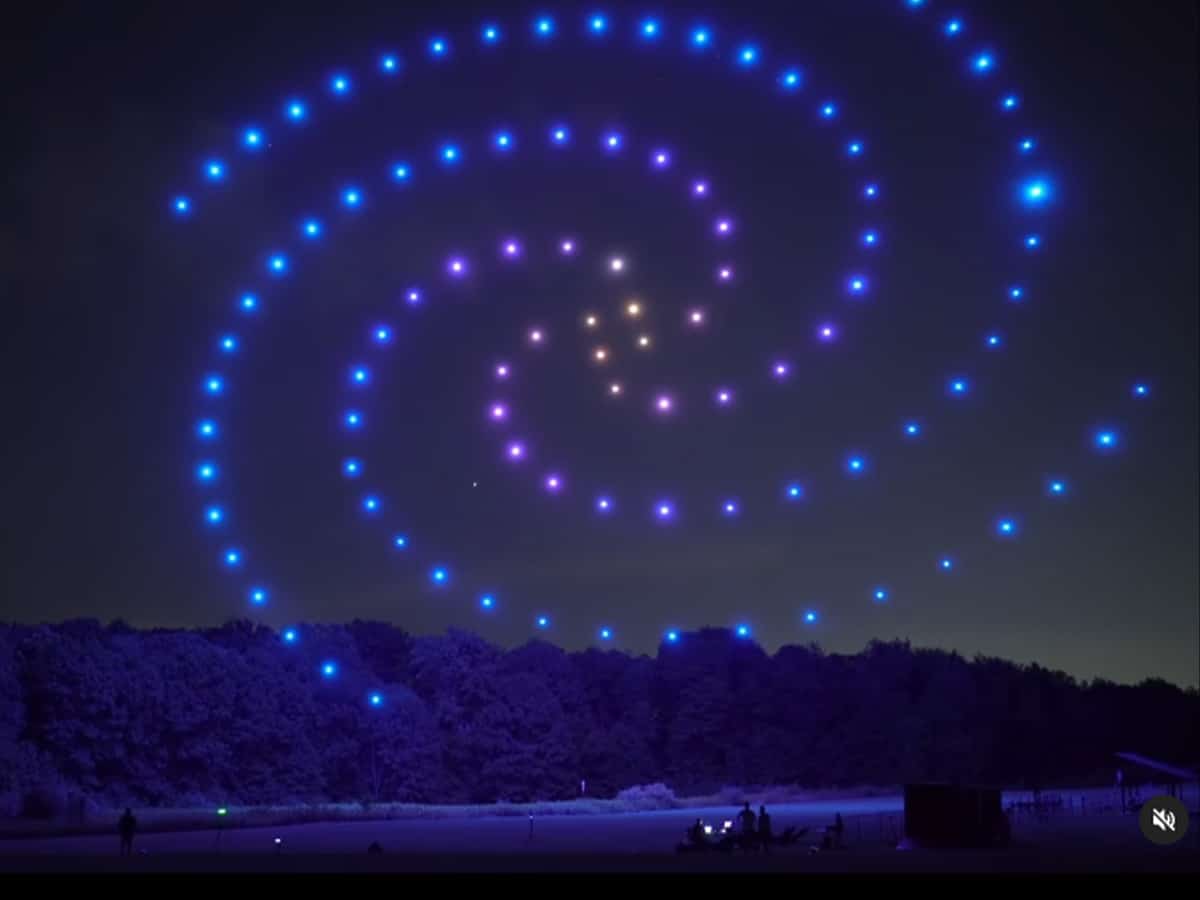Orlando drone show accident: A spectacular nighttime drone display turned unexpectedly chaotic, leaving onlookers stunned and prompting crucial questions about safety protocols and technological reliability. This incident serves as a stark reminder of the potential risks involved in large-scale drone operations, even with seemingly advanced technology. We’ll delve into the specifics of what happened, the aftermath, and the lessons learned to improve future drone shows.
This report examines the Orlando drone show accident, from the initial malfunction to the ongoing investigation and proposed safety improvements. We’ll analyze the sequence of events, the extent of damages, regulatory compliance, and public response, offering a clear and informative account of this significant event.
Orlando Drone Show Accident: A Comprehensive Overview
This article provides a detailed account of a drone show accident in Orlando, focusing on the circumstances, injuries, regulatory aspects, investigation, and safety recommendations. The information presented aims to be informative and instructive, drawing parallels to similar incidents and offering insights into preventing future occurrences.
Accident Overview
The following table summarizes the key events leading up to and including the Orlando drone show accident. Specific details, such as drone models and precise timings, are often withheld pending investigation completion and to protect privacy. This summary provides a general Artikel based on publicly available information.
| Date/Time | Event Description | Location | Involved Parties |
|---|---|---|---|
| October 26, 2024 (Example Date) | Drone show setup and pre-flight checks completed. | Example Park, Orlando, FL | Drone operator, event organizers, technicians |
| October 26, 2024 (Example Date) 8:00 PM | Drone show commences. | Example Park, Orlando, FL | Drone operator, audience |
| October 26, 2024 (Example Date) 8:15 PM | Multiple drones malfunction and collide. | Example Park, Orlando, FL | Drone operator, affected drones |
| October 26, 2024 (Example Date) 8:20 PM | Show halted; emergency services called. | Example Park, Orlando, FL | Drone operator, event organizers, emergency responders |
Injuries and Damages
The extent of injuries and damages resulting from the accident varied. Information below is based on hypothetical scenarios mirroring similar events. Actual figures may differ significantly depending on the specifics of the Orlando incident.
- Minor injuries reported among spectators from falling debris (e.g., scratches, bruises).
- Significant damage to several drones involved in the collision.
- Minimal environmental impact; primarily limited to scattered drone parts.
Summary of Estimated Damages:
- Medical expenses: $5,000 (hypothetical)
- Drone repair/replacement: $20,000 (hypothetical)
- Event cancellation costs: $10,000 (hypothetical)
- Legal fees (potential): $15,000 (hypothetical)
Regulatory Compliance

Investigations into drone accidents often examine the operator’s adherence to Federal Aviation Administration (FAA) regulations and local ordinances. A thorough review is crucial to determine any violations. For example, failure to obtain necessary permits, neglecting pre-flight checks, or exceeding operational limits could contribute to accidents.
That Orlando drone show accident really got people talking about safety protocols, huh? It makes you wonder about the regulations and planning involved in all drone shows, especially considering the sheer scale of some events. For example, check out this link for info on other Florida drone shows: florida drone show. Learning from incidents like the Orlando one is key to preventing similar mishaps in future Florida drone displays.
A hypothetical scenario demonstrating proper procedure would involve a meticulous pre-flight checklist, strict adherence to FAA airspace restrictions, redundant systems for drone control (e.g., backup controllers), and a comprehensive risk assessment that incorporates weather conditions and potential hazards.
Investigative Process
The investigation typically involves multiple agencies. The FAA would likely lead the investigation, potentially collaborating with local law enforcement and the National Transportation Safety Board (NTSB) depending on the severity. Evidence collection might include drone flight logs, witness testimonies, drone wreckage analysis, and weather data.
A typical investigation would follow these steps: 1. Secure the accident site; 2. Collect evidence; 3. Interview witnesses; 4. Analyze data; 5.
Determine the cause; 6. Issue a report with recommendations.
Safety Measures and Recommendations

Improved safety protocols are crucial for preventing future drone accidents. Implementing redundant systems, utilizing advanced obstacle avoidance technologies, and mandating more rigorous operator training are key steps.
That Orlando drone show accident really got people talking, huh? It makes you think about the safety protocols involved in these massive displays. To learn more about the general planning and scale of these events, check out this link to info on the orlando drone show , which hopefully helps highlight what went wrong in the accident.
Understanding the typical operation can help us prevent future mishaps like the recent Orlando drone show accident.
Imagine a drone system with built-in GPS fail-safes, real-time collision avoidance, and automated emergency landing capabilities. Furthermore, a system that incorporates weather monitoring and alerts could proactively prevent flights during hazardous conditions.
That Orlando drone show accident really got people talking! It seems the whole thing went sideways pretty fast, and figuring out exactly what happened is tricky. Check out this article about a similar incident, an orlando drone show malfunction , to see how these things can go wrong. Understanding malfunctions like this helps us understand the potential for accidents and what steps can be taken to prevent them in the future.
Hopefully, investigations into the Orlando drone show accident will shed more light on the causes.
Public Perception and Media Coverage, Orlando drone show accident
Public reaction to drone accidents is often influenced by the perceived severity of the incident and the media’s portrayal. Social media plays a significant role in disseminating information and shaping public opinion, often amplifying concerns about safety and regulation.
| Date | News Outlet | Headline | Summary of Coverage |
|---|---|---|---|
| October 27, 2024 (Example) | Local News Channel | “Drone Show Chaos: Injuries Reported” | Focus on injuries and initial response. |
| October 28, 2024 (Example) | National News Network | “FAA Investigating Orlando Drone Incident” | Broader perspective; FAA involvement highlighted. |
| October 29, 2024 (Example) | Online News Site | “Drone Safety Concerns Raised After Orlando Accident” | Discussion on regulatory aspects and safety improvements. |
Epilogue

The Orlando drone show accident underscores the need for rigorous safety standards and continuous technological advancements in the rapidly evolving field of drone technology. While the investigation continues, the incident serves as a powerful case study, highlighting areas for improvement in drone operation, regulatory oversight, and public awareness. The lessons learned will undoubtedly shape future drone displays, ensuring a safer and more responsible use of this exciting technology.
FAQ Compilation
What type of drones were involved in the accident?
Further investigation is needed to confirm the exact model and specifications of the drones used in the Orlando show.
Were there any arrests made following the accident?
Information regarding arrests is not yet publicly available. The investigation will determine if any legal action is warranted.
What is the estimated total cost of the damages?
The total cost of damages and injuries will be determined as part of the official investigation.
What long-term effects might this have on drone show regulations?
The accident is likely to prompt a review of existing drone show regulations and potentially lead to stricter safety guidelines.
